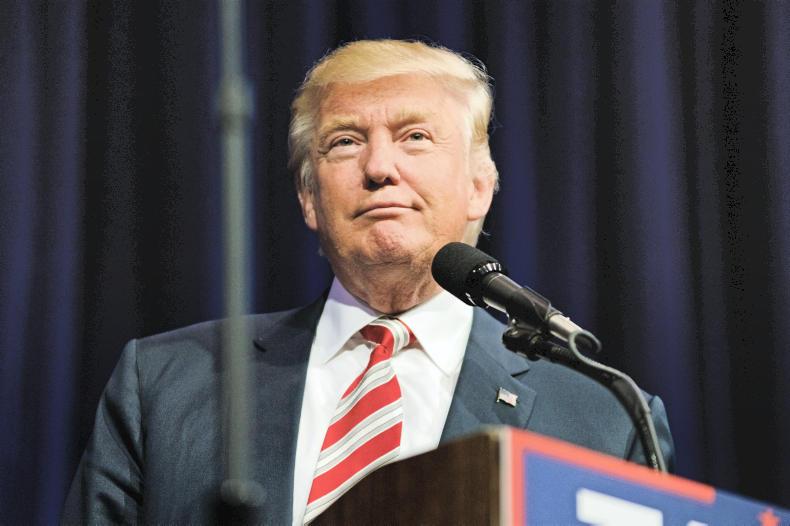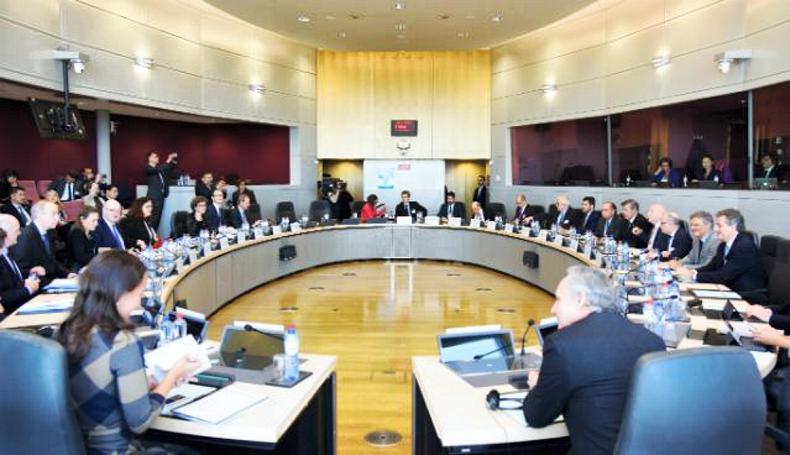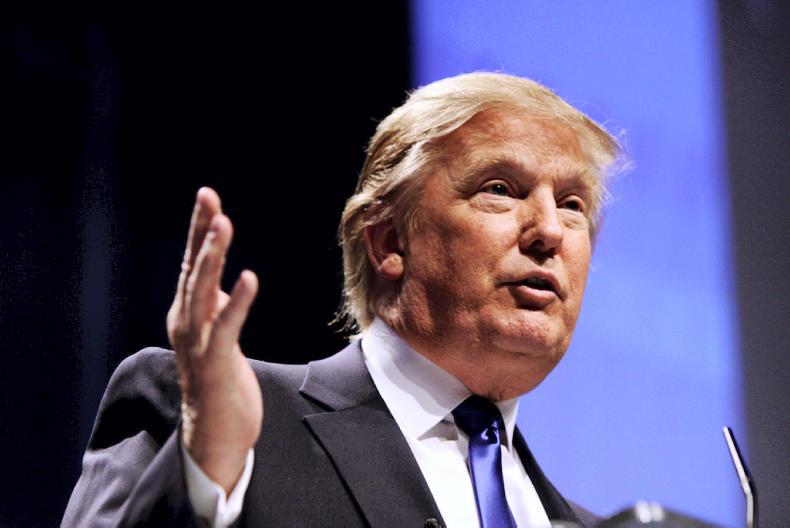With only hours to go before Donald Trump is inaugurated as US president, surprisingly, despite all other cabinet-level posts being filled, he has yet to name his secretary of agriculture. This has caused much disappointment among farming groups in the US, given that it was primarily rural America that came out in strong support and voted for Trump. The delay has been mired in politics and drama, and highlights the balancing act of finding a candidate who can both please rural supporters and represent the country’s increasingly diverse farmers, who saw the price of corn fall to a seven-year low in 2016. Meanwhile, US stocks of corn, wheat and soyabeans are at their highest in almost 30 years.
On the campaign trail, Trump shared a strong desire to not approve the Trans-Pacific Partnership (TPP) trade deal. He has also spoken out against the North American Free Trade Agreement (Nafta).
However, we shouldn’t expect Trump to be anti-trade. The reality is and the message farmers will be delivering to Congress and the Trump administration is that carefully negotiated deals have been, and will continue to be good for American agriculture, and not a threat.
International trade has been vital to the growth of US agriculture. Due to its tremendous productive capacity and specifically the US dairy industry, export markets are essential for a healthy US agri-economy.
The US now exports around 15% of its milk production, compared to just 3% two decades ago. Most of this growth in production in the past 15 years has been made possible by the expansion of overseas markets. Therefore, the US industry will want to guard against a retreat from world markets.
International trade deals
Recently, there has been some noise about a possible UK-US bilateral trade agreement. This would make sense from a US and – given Theresa May’s comments this week – from a UK point of view. Worryingly, this agreement may be realistically pursued.
A deal with Japan could follow. Trump’s agenda with Mexico may centre on upgrading Nafta and polishing it up to reflect today’s realities and make it relevant for the next 20 to 30 years. That means looking at trade, immigration and security as a sum total. The famous wall and its payment may well be wrapped in and positioned in some outcome of a bilateral negotiation upgrading Nafta.
Any change in the US trade relationship with China and Mexico is of particular concern for agricultural competitiveness. Together, these two countries account for an average of almost one third of total US agricultural exports, which totalled $133bn last year.
It may also be significant that former US Department of Agriculture secretary Tom Vilsack is heading for the top spot as CEO of the US dairy export council, with the primary aim to increasing US dairy exports while breaking down trade barriers that may hinder the US dairy industry.










SHARING OPTIONS